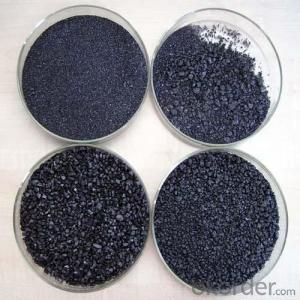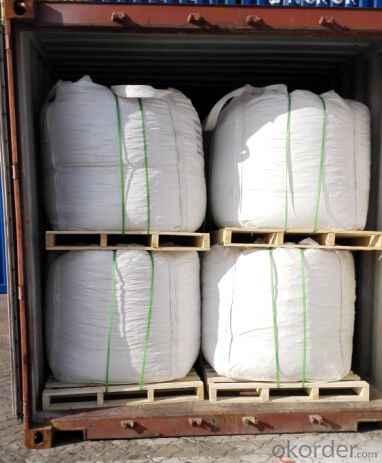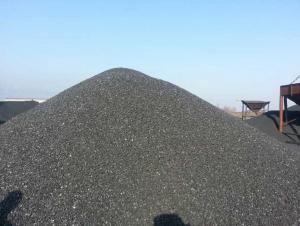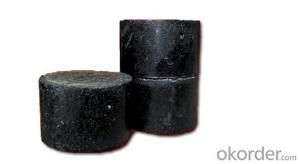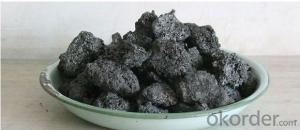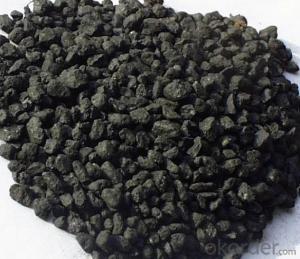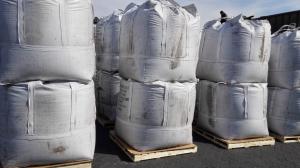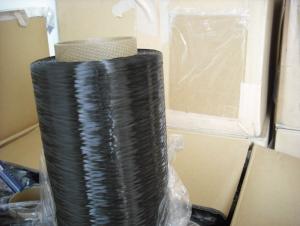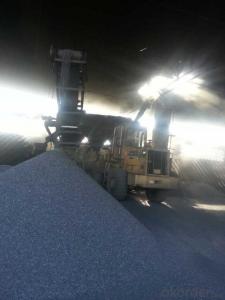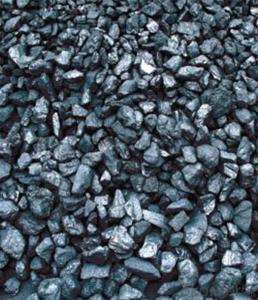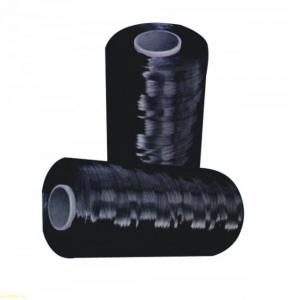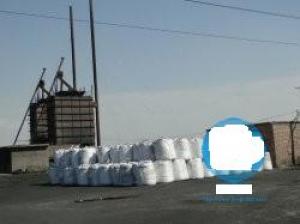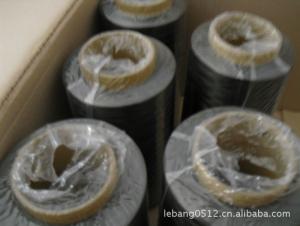CPC Low Sulfur Petroleum Coke FC 99% Cheap Price
- Loading Port:
- Tianjin
- Payment Terms:
- TT or LC
- Min Order Qty:
- 20 m.t.
- Supply Capability:
- 1500 m.t./month
OKorder Service Pledge
OKorder Financial Service
You Might Also Like
Quick Details
Place of Origin: China (Mainland)
Application: carben additives
Dimensions: fix carben morethan98%,sulphur less5%
Chemical Composition: nature graphite powder
attribute: briquette grade
shape: <SPAN style="BORDER-BOTTOM: 0px; BORDER-LEFT: 0px; PADDING-BOTTOM: 0px; MARGIN: 0px; PADDING-LEFT: 0px; PADDING-RIGHT: 0px; FONT-FAMILY: inherit; WORD-WRAP: break-word; VERTICAL-ALIGN: baseline; BORDER-TOP: 0px; BORDER-RIGHT: 0px; PADDING-TOP: 0px" class=attr-value title=block/powder>block/powder
classify: carbon additives/petroleum coke
Packaging & Delivery
| Packaging Details: | 50kg/bag,25kg/bag or as customer requirement |
|---|---|
| Delivery Detail: | 20DAYS after payment |
Specifications
CPC Low Sulfur Petroleum Coke FC 99% Cheap Price
Petroleum coke products can be divided into needle coke, sponge coke, projectile coke and coke breeze four kinds.
Calcined Petroleum Coke
F.C.: 98.5%MIN
ASH: 0.8% MAX
V.M.: 0.7%MAX
S:0.5%MAX
Moisture: 0.5%MAX
Structure
CPC Low Sulfur Petroleum Coke FC 99% Cheap Price
Shape: granule
Dimensions: 0-1mm, 1-5mm, 1-6mm, 2-8mm, etc
Product Type: Carbon Additive
C Content (%): 98-99.5% MIN
Working Temperature: -
S Content (%): 0.5%-0.7%MAX
Ash Content (%): 0.7%MAX
Volatile:0.8%MAX
Moisture: 0.5% MAX
ADVANTAGE: low ash & sulfur
COLOR: Black
Feature
CPC Low Sulfur Petroleum Coke FC 99% Cheap Price
Physics and chemistry performance :
Unit | Index | |||||
No.1 | No.2 | No.3 |
| |||
Density | g/cm3 | 2.04 | 2.00 | 2.00 | ||
sulphur content | %≤ | 0.5 | 1.0 | 2.5 | ||
volatility | %≤ | 0.5 | 0.5 | 0.5 | ||
ash content | %≤ | 0.5 | 0.5 | 0.5 | ||
moisture | %≤ | 0.3 | 0.5 | 0.5 | ||
charcoal | %≤ | 98.5 | 98.0 | 98.0 | ||
Image
CPC Low Sulfur Petroleum Coke FC 99% Cheap Price
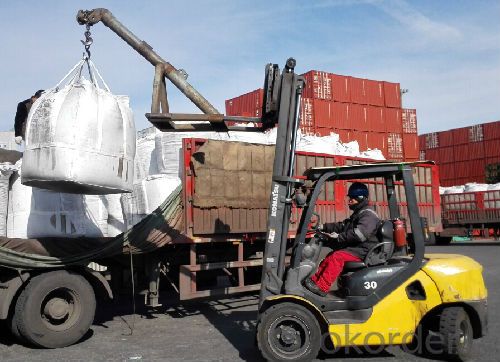
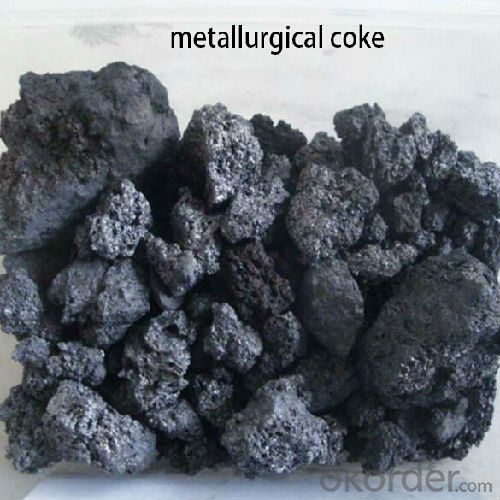
FAQ:
CPC Low Sulfur Petroleum Coke FC 99% Cheap Price
How to classify calcined petroleum coke?
1) According to difference of sulfur content, can be divided into high sulfur coke (sulfur content more than 4%), sulphur in coke sulfur content (2% 4%) and low sulfur coke (sulfur content below 2%).
2) Petroleum coke products can be divided into needle coke, sponge coke, projectile coke and coke breeze four kinds:
3) Needle coke, has obvious needle-like structure and fiber texture, mainly used for steel-making in high power and ultra-high power graphite electrode. As a result of needle coke in sulfur content, ash content, volatile matter and true density and so on have strict quality requirements, so the production process of needle coke and raw materials have special requirements.
4) The sponge coke, high chemical reactivity, low content of impurities, mainly used in the aluminum industry and carbon industry.
5) Focal or spherical coke: the projectile shape is round, diameter 0.6-30 mm, usually from the production of high sulphur, high asphaltic residual oil, can only be used as industrial fuel power generation, cement etc.
6) Coke breeze: fluidized coking process, the fine particles (0.1- 0.4 mm) in diameter, high volatile, high expansion coefficient, cannot be directly used for electrode preparation and carbon industry.
Advantage:
CPC Low Sulfur Petroleum Coke FC 99% Cheap Price
1. High quality and competitive price.
2. Timely delivery.
3. If any item you like. Please contact us.
Your sincere inquiries are typically answered within 24 hours.
- Q: Appearance, hardness, electrical conductivity, use of carbon 60
- C60 does not normally conduct electricity because C60 is so large that it can put other atoms into it and affect its physical properties, so it cannot be electrically conductiveUsed to strengthen metalImprove the metal material strength by alloying, plastic deformation and heat treatment, one of the ways to strengthen the interaction through geometry, such as coke carbon dispersed in the metal, carbon and metal exchange position in the crystal lattice, can cause plastic deformation of metal, carbon and metal carbide particles that can make the metal enhanced. In the enhancement of metal materials, the effect of C60 ratio of carbon in coke is better, this is because the C60 is higher than the smaller particles, active carbon, particle size of C60 with metal carbide dispersion effect is 0.7nm, and the particle size of carbon and metal carbide dispersion effect the body is 2 m ~ 5 m, has a larger difference in enhancing the role of the metal.Used as a new catalystIn C60, the electronic structure of chemists began to explore the possibility of.C60 catalyst for C60 with olefin, with transition metal (such as platinum and nickel metal) to form a series of complexes. For example C60 and platinum, osmium can be combined into {[(C2H5) 3P]2Pt}C60 and C60OsO4 (four butylpyridine) and other coordination compounds and they are likely to become the efficient catalyst.Japanese researchers Toyohashi University of science and technology of the synthesis of highly catalytic activity of palladium Pt synthesis researchers and C60 compound C60Pd6. China Wuhan University (PPh3) 2C60 (PPh3 three, triphenylphosphine) for hydrosilylation reaction with high catalytic activity.
- Q: What are carbon sinks?
- Carbon sinks, whether natural or artificial, have the important role of absorbing and storing carbon dioxide from the atmosphere, thereby lessening the concentration of greenhouse gases and mitigating climate change. These carbon sinks exist in various forms, such as forests, oceans, wetlands, and soil. Among these, forests are the largest and most widely recognized carbon sinks. Through photosynthesis, trees take in carbon dioxide and convert it to oxygen, storing the carbon within their trunks, branches, and roots. Oceans also serve as significant carbon sinks, absorbing about a quarter of the carbon dioxide emitted by human activities. Algae, phytoplankton, and other marine organisms carry out photosynthesis and convert carbon into biomass. Wetlands, including marshes and swamps, are another crucial carbon sink. They store vast amounts of carbon within their vegetation and soil, preventing its release into the atmosphere. Additionally, soil acts as a carbon sink by absorbing and storing carbon through the decomposition of organic matter and the activities of microorganisms. To further combat climate change, artificial carbon sinks like carbon capture and storage (CCS) technologies are being developed. CCS involves capturing carbon dioxide emissions from power plants and industrial facilities and either storing them underground or repurposing them for other uses. Although these technologies are still in their early stages, they hold the potential to significantly reduce carbon emissions and contribute to climate stabilization. Overall, carbon sinks are vital for maintaining a balanced level of carbon dioxide in the atmosphere and preventing its accumulation, which would contribute to global warming. It is crucial to preserve and restore natural carbon sinks, such as forests and wetlands, in order to mitigate climate change. Additionally, the development and implementation of artificial carbon sinks can further aid in reducing greenhouse gas emissions.
- Q: What are the advantages of carbon-based nanoelectronics?
- Carbon-based nanoelectronics have several advantages. Firstly, carbon is an abundant and versatile element, making it cost-effective and readily available for large-scale production. Secondly, carbon-based materials, such as graphene and carbon nanotubes, possess exceptional electrical, thermal, and mechanical properties, enabling high-performance and efficient devices. Additionally, carbon-based nanoelectronics offer excellent flexibility and transparency, allowing for the development of flexible and wearable electronic devices. Lastly, carbon-based materials exhibit excellent stability and biocompatibility, making them suitable for various applications, including biomedical devices and sensors. Overall, these advantages make carbon-based nanoelectronics a promising platform for future advancements in electronics.
- Q: What is the carbon emission of the air conditioner?
- Air conditioner using electric energy, itself is not the direct carbon emissions, but due to power consumption, power is not the primary energy, is two times the energy, so the power will come from where it is not decided or no pollution low and zero carbon emissions.Like water power, wind energy and solar energy, clean energy generates electricity without carbon emissions. It is pollution-free and zero carbon emissions. The use of coal raw materials power generation plants have carbon emissions, so air-conditioning carbon emissions is not easy to say, it depends on the specific circumstances analysis and decision.
- Q: How are carbon compounds classified?
- Carbon compounds are classified based on the type and number of atoms bonded to carbon atoms. There are several categories of carbon compounds that include hydrocarbons, alcohols, aldehydes, ketones, carboxylic acids, esters, ethers, amines, amides, and many more. Hydrocarbons are carbon compounds that only contain carbon and hydrogen atoms. They can be further divided into two main categories: aliphatic hydrocarbons and aromatic hydrocarbons. Aliphatic hydrocarbons include alkanes, alkenes, and alkynes, which are classified based on the type of carbon-carbon bonds they have. Aromatic hydrocarbons, on the other hand, contain a ring structure and are known for their aromaticity. Alcohols are carbon compounds that contain a hydroxyl (-OH) group attached to a carbon atom. They are classified based on the number of hydroxyl groups attached to the carbon atom. For example, methanol is a monohydroxy alcohol, while ethylene glycol is a dihydroxy alcohol. Aldehydes and ketones are carbon compounds that contain a carbonyl group (C=O). Aldehydes have the carbonyl group attached to a terminal carbon atom, while ketones have it attached to an internal carbon atom. They are named based on the number and position of the carbonyl group in the molecule. Carboxylic acids are carbon compounds that contain a carboxyl group (-COOH). They are named by replacing the -e ending of the corresponding hydrocarbon with -oic acid. For example, methane becomes methanoic acid. Esters are carbon compounds that are derived from the reaction between a carboxylic acid and an alcohol. They have the general formula RCOOR’, where R and R’ can be any alkyl or aryl group. They are often named based on the alcohol and acid used to form them. Ethers are carbon compounds that have an oxygen atom bonded to two alkyl or aryl groups. They are named by listing the alkyl or aryl groups in alphabetical order followed by the word ether. Amines are carbon compounds that contain a nitrogen atom bonded to one or more alkyl or aryl groups. They are named by adding the suffix -amine to the name of the alkyl or aryl group attached to nitrogen. Amides are carbon compounds that contain a carbonyl group (C=O) bonded to a nitrogen atom. They are named by replacing -oic acid or -ic acid ending of the corresponding carboxylic acid with -amide. Overall, the classification of carbon compounds is based on their functional groups and the arrangement of atoms around the carbon atom. These classifications help to categorize and study the diverse range of carbon compounds found in nature and synthesized in the laboratory.
- Q: Why vegetarianism can reduce carbon emissions?
- That is to say, when the level of the food chain is more, the carbon emissions are more natural; while the human eating vegetarian diet is the shortest food chain, which has the least carbon emissions
- Q: How does carbon affect the formation of tsunamis?
- The formation of tsunamis is not directly influenced by carbon. Tsunamis primarily occur as a result of underwater earthquakes, volcanic eruptions, or landslides. Carbon, in the form of carbon dioxide (CO2), is a greenhouse gas that contributes to global warming and climate change. Although carbon emissions and the resulting climate change can affect ocean temperatures and sea levels, they do not directly cause tsunamis. However, it is important to consider that climate change can indirectly impact the intensity and frequency of natural disasters, including tsunamis, by affecting oceanic and atmospheric conditions. The rising sea levels caused by melting glaciers and polar ice can potentially increase the destructive power of tsunamis by enabling them to reach further inland. Moreover, climate change can influence the occurrence and strength of earthquakes and volcanic activity, which are the main triggers of tsunamis. Therefore, even though carbon emissions do not directly influence the formation of tsunamis, their impact on climate change can indirectly affect the factors that contribute to the development and severity of tsunamis.
- Q: How does carbon affect the migration patterns of birds?
- Carbon emissions and the resultant climate change have a significant impact on the migration patterns of birds. The increase in carbon dioxide levels in the atmosphere leads to global warming, which affects various environmental factors such as temperature, precipitation, and vegetation growth. These changes directly influence the availability of food, water, and suitable habitats for birds during their migratory journeys. One of the key ways carbon affects bird migration is by altering the timing and duration of seasonal events. For instance, warmer temperatures can cause plants to bloom earlier or delay their growth, disrupting the synchronized timing of flowering and the arrival of insects. This can have serious consequences for birds that rely on these resources for food during their migration. If birds arrive at their breeding grounds or stopover sites and find a lack of food, it can lead to decreased survival rates, reduced reproductive success, and overall population decline. Additionally, changes in precipitation patterns due to carbon emissions can affect the availability of water sources along migration routes. Birds rely on these water bodies for drinking and bathing, especially during long flights. If these water sources dry up or become scarce, it can force birds to alter their flight paths, search for alternative water sources, or even risk dehydration. Furthermore, carbon-induced changes in vegetation cover can impact the availability of suitable habitats for birds. As temperatures rise, some bird species may face challenges in finding suitable breeding or nesting sites. Forest-dwelling birds, for example, may experience habitat loss as forests are degraded or replaced by drier ecosystems. This can disrupt their migratory patterns and potentially lead to population declines or range shifts. Overall, the impact of carbon emissions on bird migration patterns is complex and multifaceted. As climate change continues to unfold, it is crucial to mitigate carbon emissions and implement conservation measures to ensure the survival and well-being of migratory bird populations. Protecting crucial stopover sites, promoting habitat restoration, and raising awareness about the consequences of carbon emissions can all contribute to preserving the intricate and vital phenomenon of bird migration.
- Q: I bought a grill myself and went to barbecue with my friends the day after tomorrow, but I can't ignite the carbon. What should I do?
- Start with the newspaper, then take some candles, the candles melt, and the carbon!I'm 12, and I'll be all right!It's really simple!Or where do you buy carbon, buy one called "carbon steams" what?!Put the carbon in the carbon and light it. Ha!
- Q: I saw a cell phone in the magazine, the global release of 900, no camera, what function is F1 carbon fiber material, actually sold 40000 yuan a piece!.. Everyone said that the circulation is so small, worth so much money? Or carbon fiber material worth so much money?
- Carbon fiber material is very expensive, we are specializing in the production of carbon fiber bicycle accessories company, we know more about this industry.. Such an analogy, an aluminum alloy wheel, that is, the cost of more than 100 yuan, to replace the same carbon fiber material costs more than 1000 of the cost.. Carbon fiber belongs to high-end materials, and foreign countries is to control production, because many weapons and aircraft also use this material, the United States will build weapons in other countries, so are the strict control of each production state of carbon fiber materials..
Send your message to us
CPC Low Sulfur Petroleum Coke FC 99% Cheap Price
- Loading Port:
- Tianjin
- Payment Terms:
- TT or LC
- Min Order Qty:
- 20 m.t.
- Supply Capability:
- 1500 m.t./month
OKorder Service Pledge
OKorder Financial Service
Similar products
Hot products
Hot Searches
Related keywords
